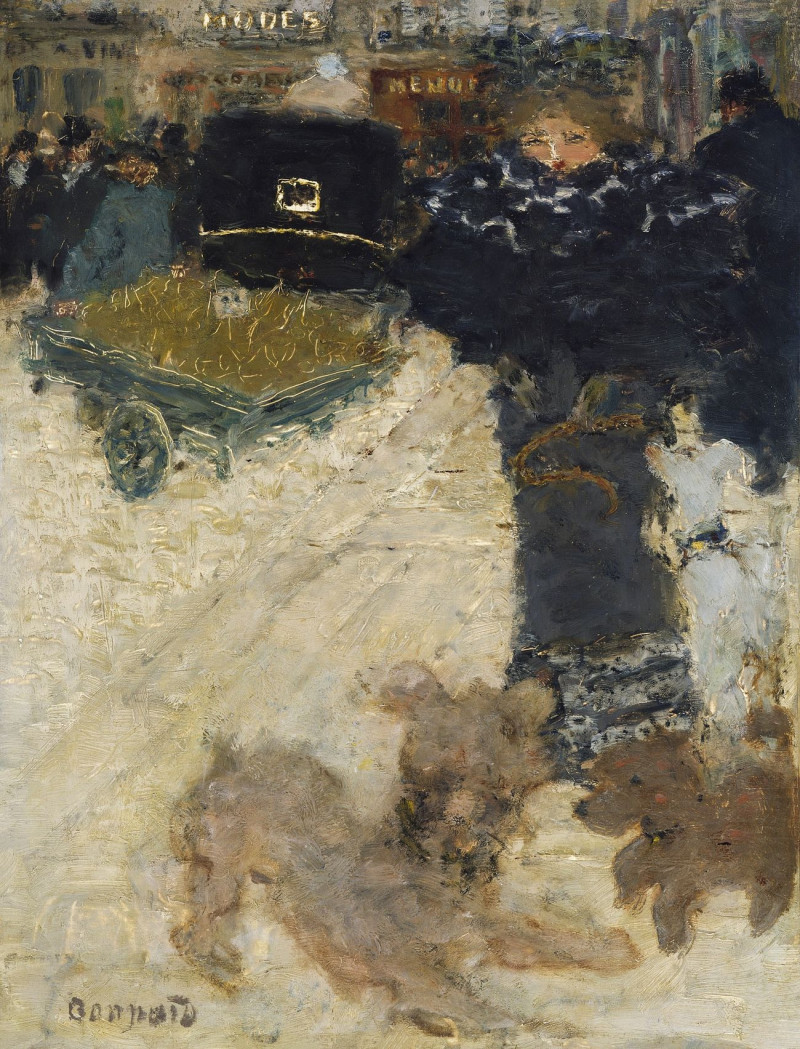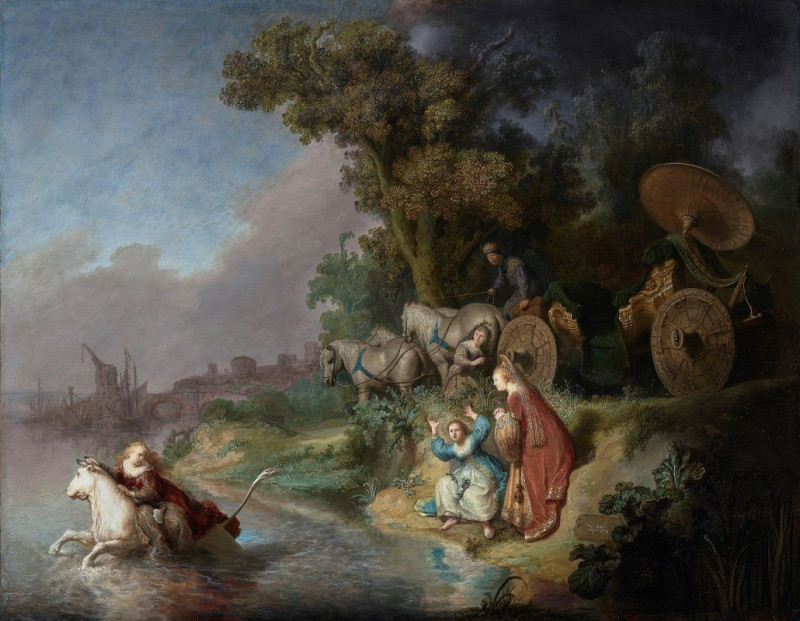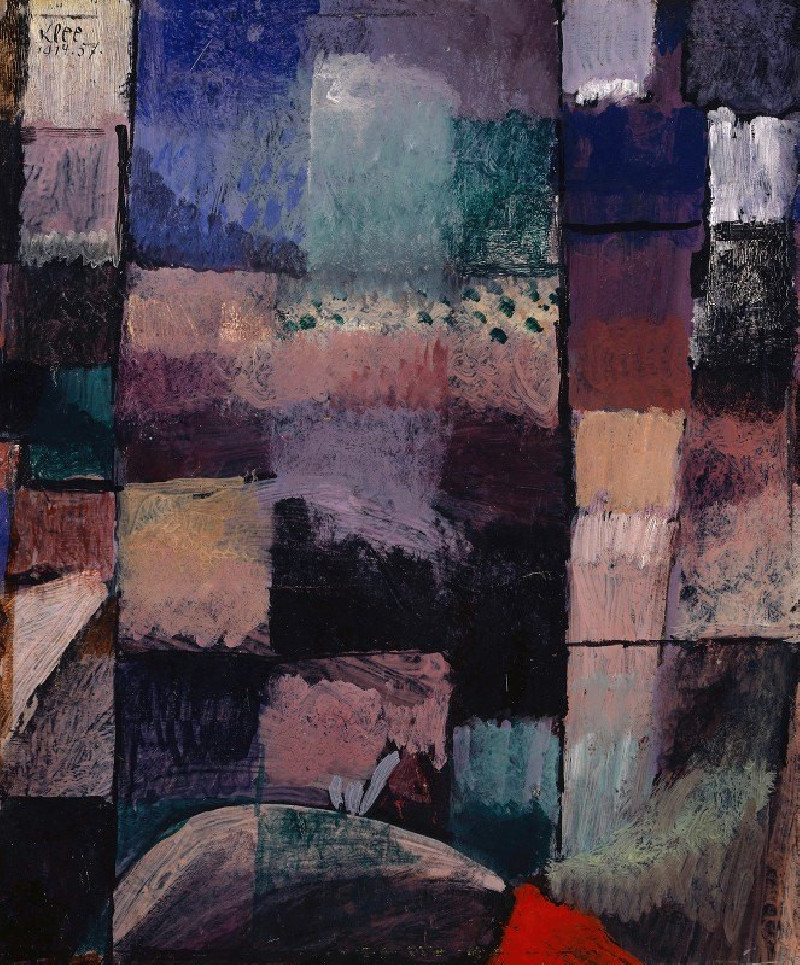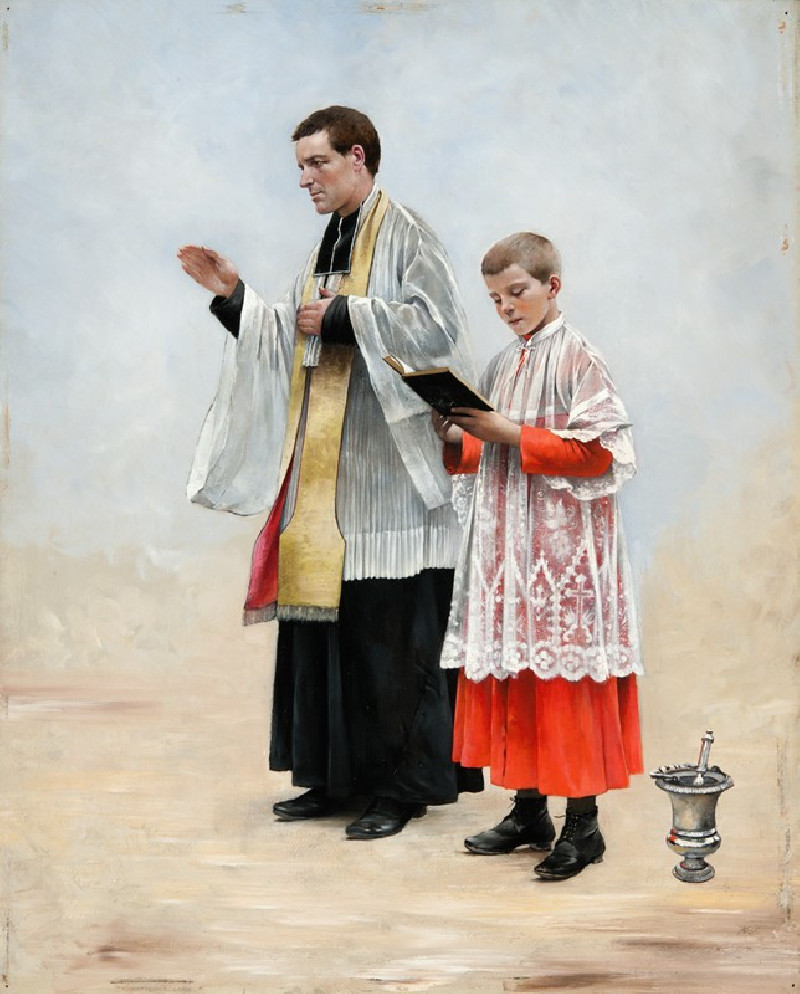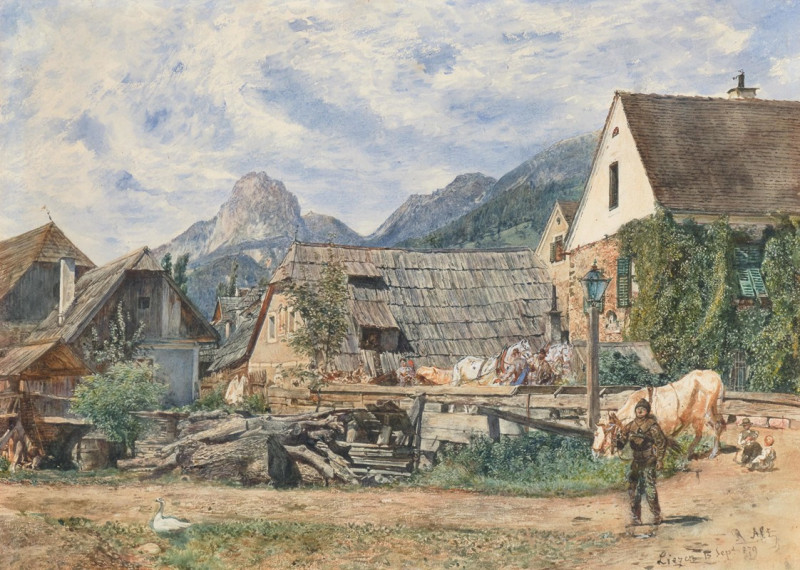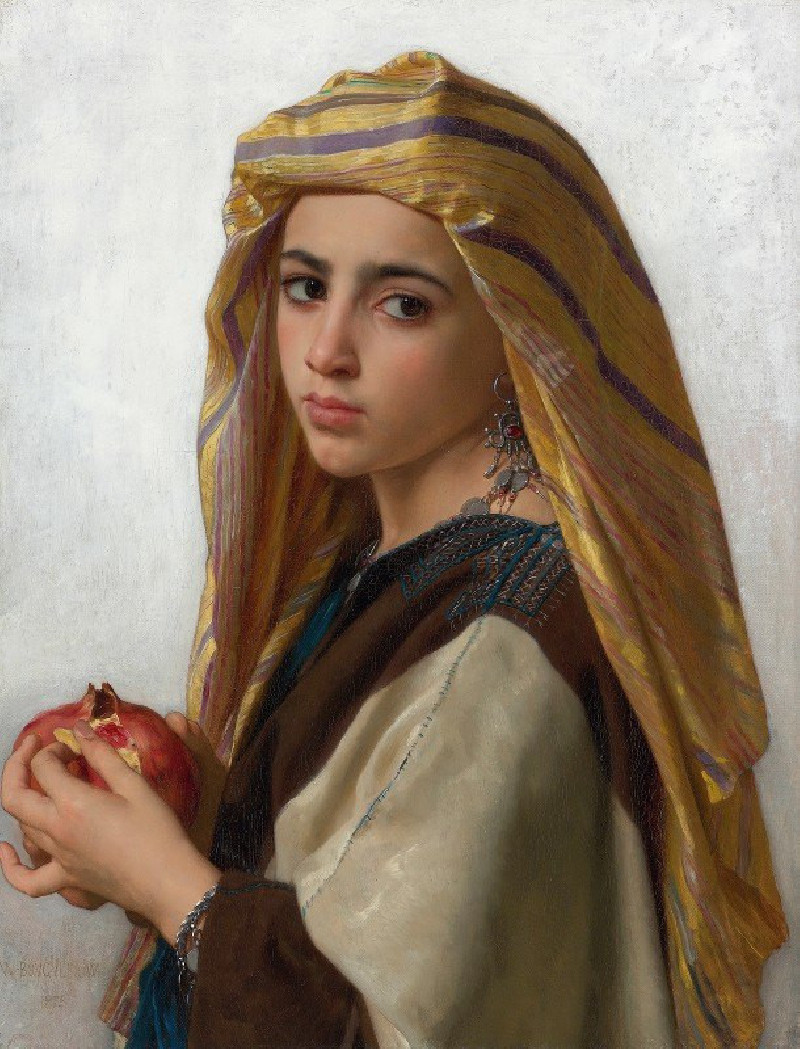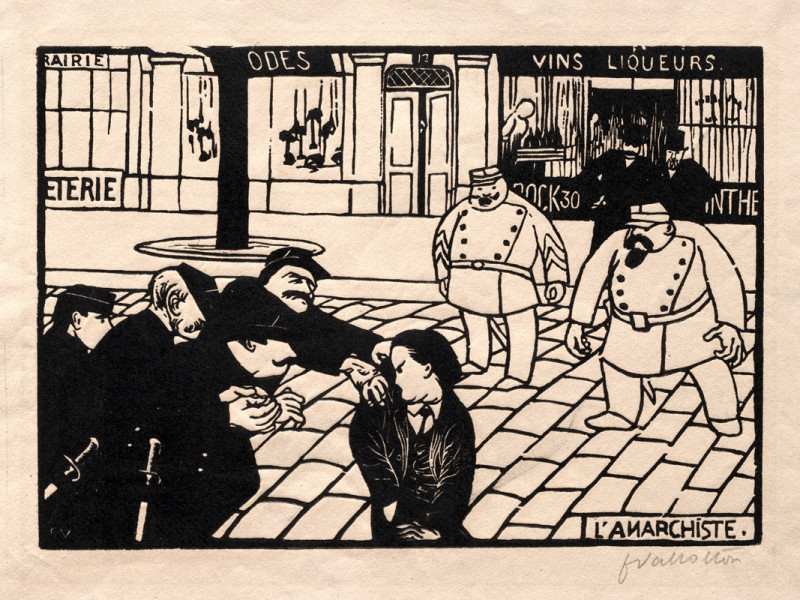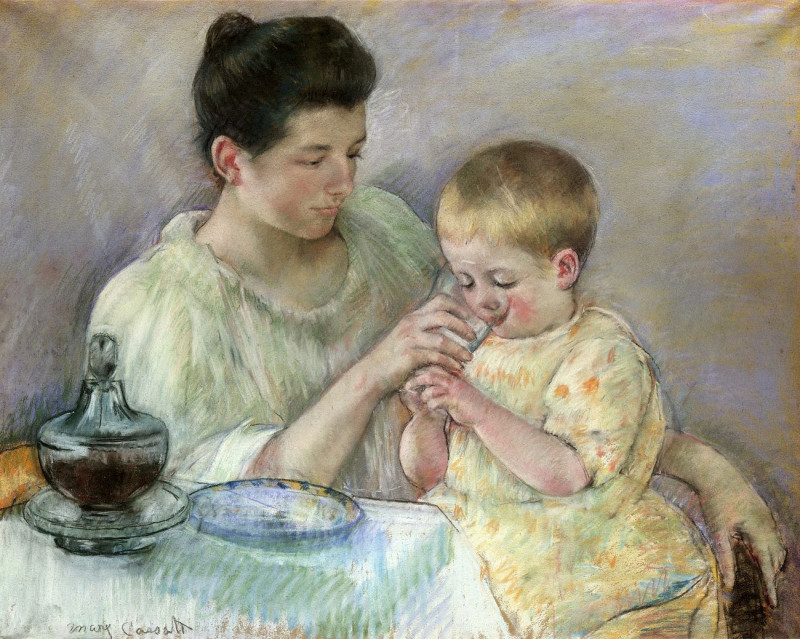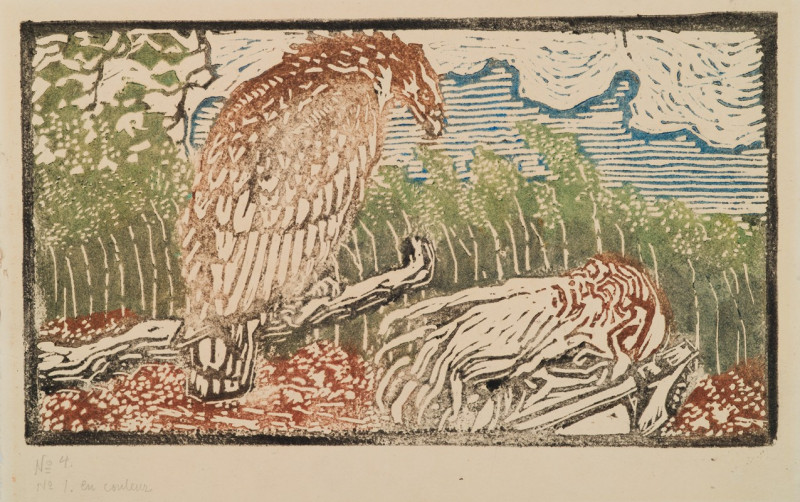The Nurse (1917)
Technique: Giclée quality print
Recommended by our customers
More about this artwork
Ernst Ludwig Kirchner, a pioneering German expressionist painter, presents an intensely captivating piece titled "The Nurse" from 1917. This painting characteristically employs Kirchner's bold and vibrant color palette and a vigorous style that evokes deep emotion and dynamic movement."The Nurse" depicts a sharply angular figure, possibly the central subject, portrayed with a stark, contrasting use of colors and abstract forms. The figure's facial features and clothing are rendered in a stylistically distorted manner, which is emblematic of expressionist art, aiming to convey psychological perceptions and inner emotional realities rather than physical accuracy.The background and surrounding elements are a whirl of fiery reds, oranges, and cooler shades of blue and green, possibly reflecting the tumultuous socio-political climate of the period or the inner turmoil of the figure. The striking color contrasts and swirling shapes around the central figure might suggest the chaos or intensity of a nurse’s environment during World War I, a time when Kirchner himself was deeply affected by the horrors of war.Kirchner's work invites viewers to delve into a realm of heightened emotional states and poetically charged atmospheres, making "The Nurse" a profound reflection on human resilience and the complexities of life during wartime.
Delivery
Returns
Ernst Ludwig Kirchner (1880–1938) was one of the most important German Expressionist painters. He was a co-founder of Die Brücke, a group of German expressionist artists formed in Dresden in 1905. Die Brücke and Kirchner took inspiration from Vincent Van Gogh and Edvard Munch, as well as African and Oceanic art. They used woodblock printing as a medium to showcase their signature style: flat, unrealistic images with vivid colors. The recurring themes in Kirchner's artworks included exotic cultures, faraway landscapes, self-portraits, dancers and Berlin street life. His paintings and prints effectively portrayed non-European cultures despite the fact that he never traveled outside of Europe.
































